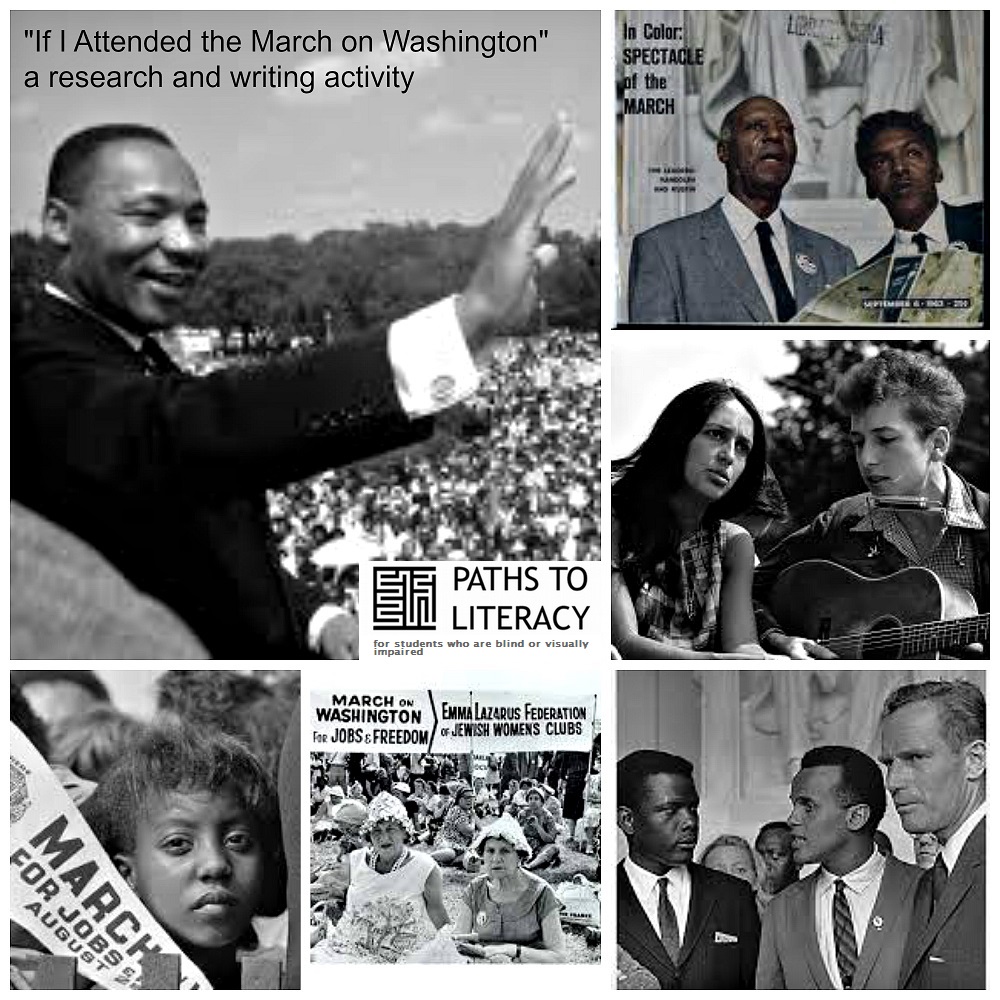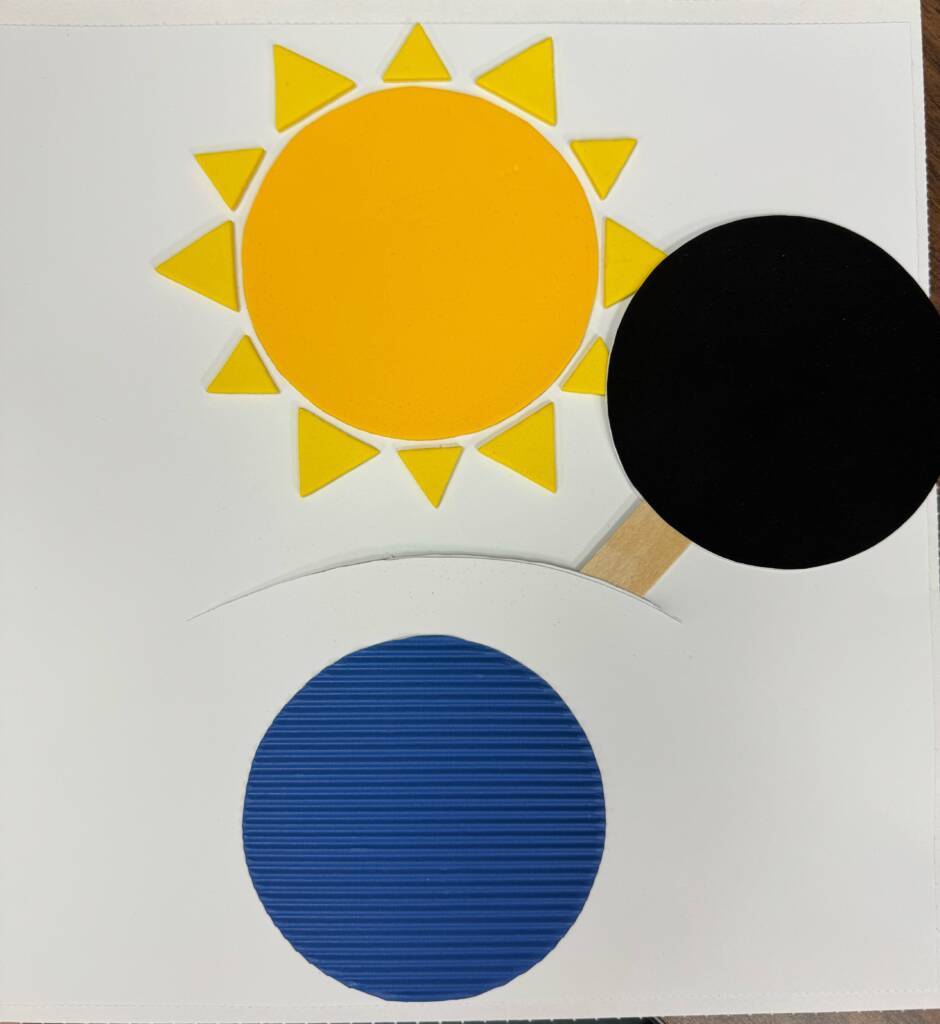In recognition of Martin Luther King Jr. Day, this activity asks students to place themselves at the scene of the 1963 March on Washington for Jobs and Freedom, where Dr. King delivered his “I Have a Dream” speech.
Students will learn about some of the event’s presenters, organizers, and attendees, and imagine the experience from a certain point of view. This writing exercise can be easily adapted to the age and ability of your students with writing prompts like open-ended sentences or assigned roles.
Materials
In addition to writing materials, other resources to support this activity are
Documentary footage of The March on Washington for Jobs and Freedom, 1963
Personal Narratives
Fact Sheets
What was the March?
Discuss as a group the purpose of the March, and poll students to see what they already know about the events: Why was it important? How many people were there? Where did it take place? Use your discussion to create a full picture of the event and confirm that everyone understands the topic.
The Southern Poverty Law Center offers this “Teaching Tolerance” fact sheet on their website: Ten Things to Know About the March on Washington
Listen to all or part of King’s speech, according to your students’ grade and skill level. Upper grades may be able to listen to the entire speech, while others may need to concentrate on one part of the text, usually the most famous closing sentences.
Consider watching together portions of the PBS series “Eyes on the Prize,” (American Experience) which may be found in an audio described version through your library network or talking book library.
Who Was Present?
As a group, form a list of “characters” who were present at the March. Students may name specific individuals (such as Dr. King, or Josephine Baker), roles in the march (such as bus driver or student protestor), or “walks of life” (such as grandmother) and suggest reasons that someone would have attended the march.
What Was it Like?
In this activity, students will use their creative and critical thinking skills to imagine being present at the March, as one of the “characters” the group has suggested. Students will select a persona for their writing, or a role can be assigned. You may need to give writing prompts to get students started. Some are suggested below. Other students may enjoy researching for their paper, or interviewing each other.
Writing/Interview Prompts
- Where were you during Dr. King’s address?
- What part of his message was most meaningful to you?
- Why did you attend the March? How did you get to Washington D.C.?
- What do you remember about the scene that day?
- What do you want people to remember about Dr. King and his message?
Variations
This activity can be structured to emphasize certain skills, such as braille reading/writing, listening, or oral presentation, or as an activity that gives the class a choice of methods for presenting their material.
Collaborative Classroom Ideas
- Have class members exchange papers and practice reading material they did not create. Readers can respond to their partners’ essays in writing or orally.
- Use the collected essays to make a class project of Martin Luther King Day reflections, using audio, video, or presentation software.
- Find tactile symbols for the collected memories and bind them together in a book.




